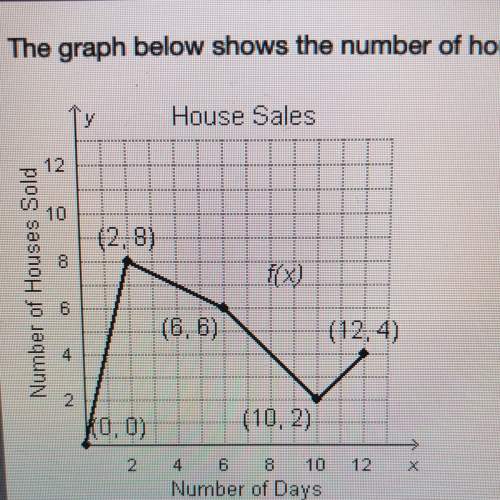
Mathematics, 20.09.2020 03:01 couscous5307
Use the associative property to create equivalent expressions to a + b + (c + d). Which statements are true? Check all that apply. The associative property allows us to change the grouping of terms that are added together. When changing the grouping, the order of the terms stays the same; only the parentheses change position. The expression a + (b + c) + d is an equivalent expression. The expression ab(cd) is an equivalent expression. The expression (a+ b) + c + d is an equivalent expression. The expression a + b(c + d) is an equivalent expression.

Answers: 2


Other questions on the subject: Mathematics


Mathematics, 21.06.2019 19:00, Keekee9847
What is the equation of the line in point-slope form? y+ 4 = 1/2(x+4) y-4 = 1/2(x + 4) y-0 = 2(x - 4) y-4 = 2(8-0)
Answers: 2

Mathematics, 21.06.2019 20:00, haileyhale5
What are the domain and range of the function f(x)=2^x+1
Answers: 1

Mathematics, 21.06.2019 20:40, afletcher2000
If the endpoints of the diameter of a circle are (8, 6) and (2,0), what is the standard form equation of the circle? a) (x + 5)2 + (y + 3)2 = 18 (x + 5)2 + (y + 3)2 = 3.72 (x - 5)2 + (y - 3)2 = 18 d) (x - 5)2 + (y - 3)2 = 32
Answers: 1
You know the right answer?
Use the associative property to create equivalent expressions to a + b + (c + d). Which statements a...
Questions in other subjects:


Mathematics, 04.05.2022 05:40


Mathematics, 04.05.2022 05:50





English, 04.05.2022 06:30

Mathematics, 04.05.2022 06:30




